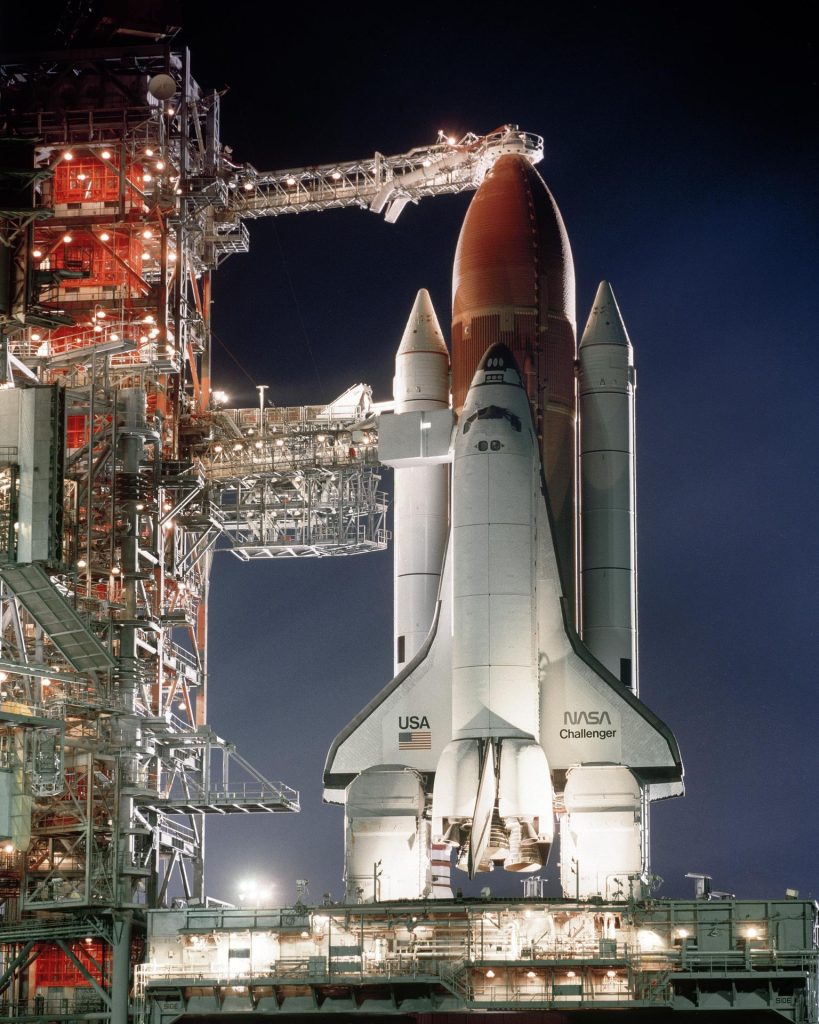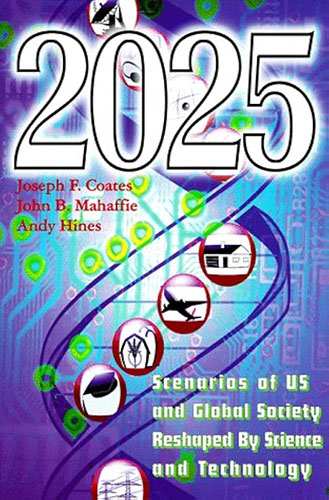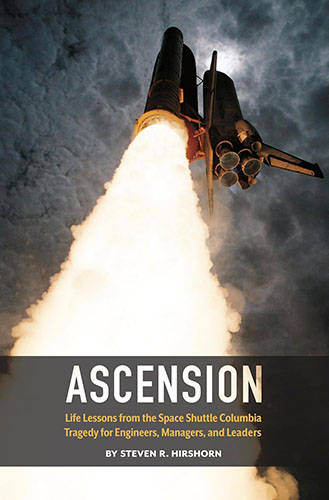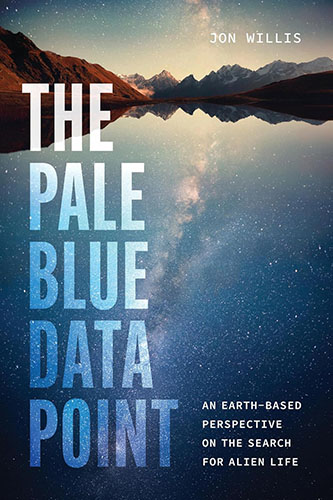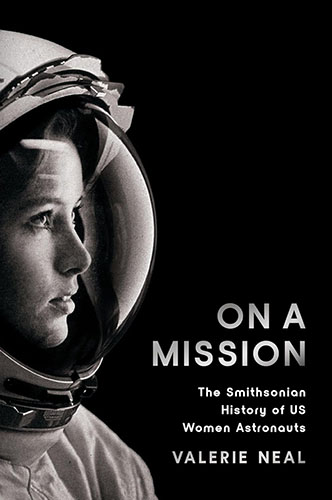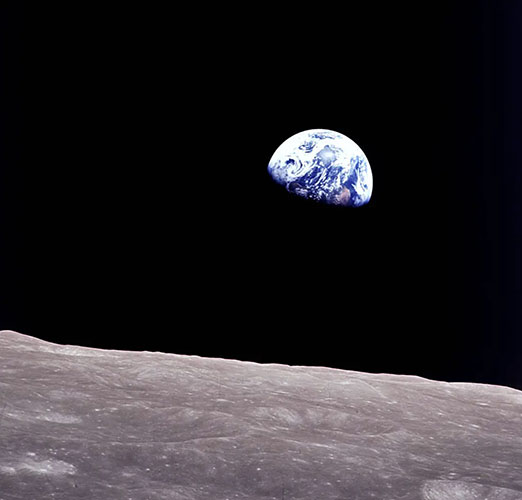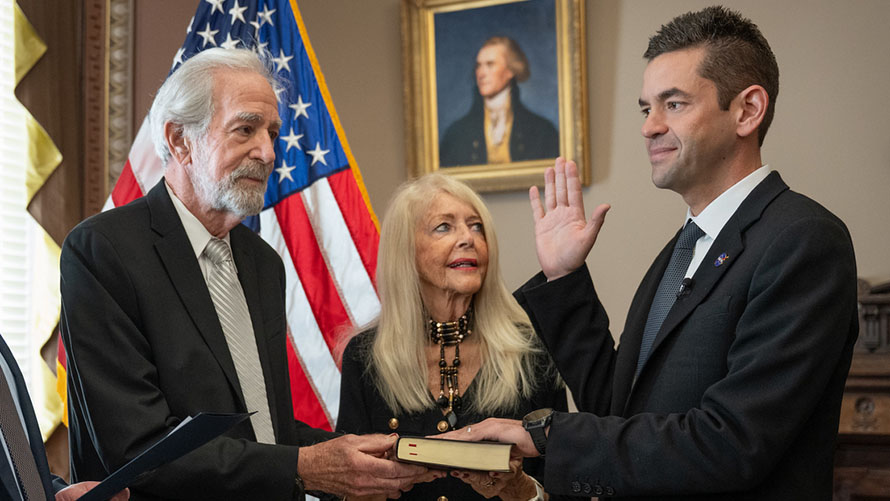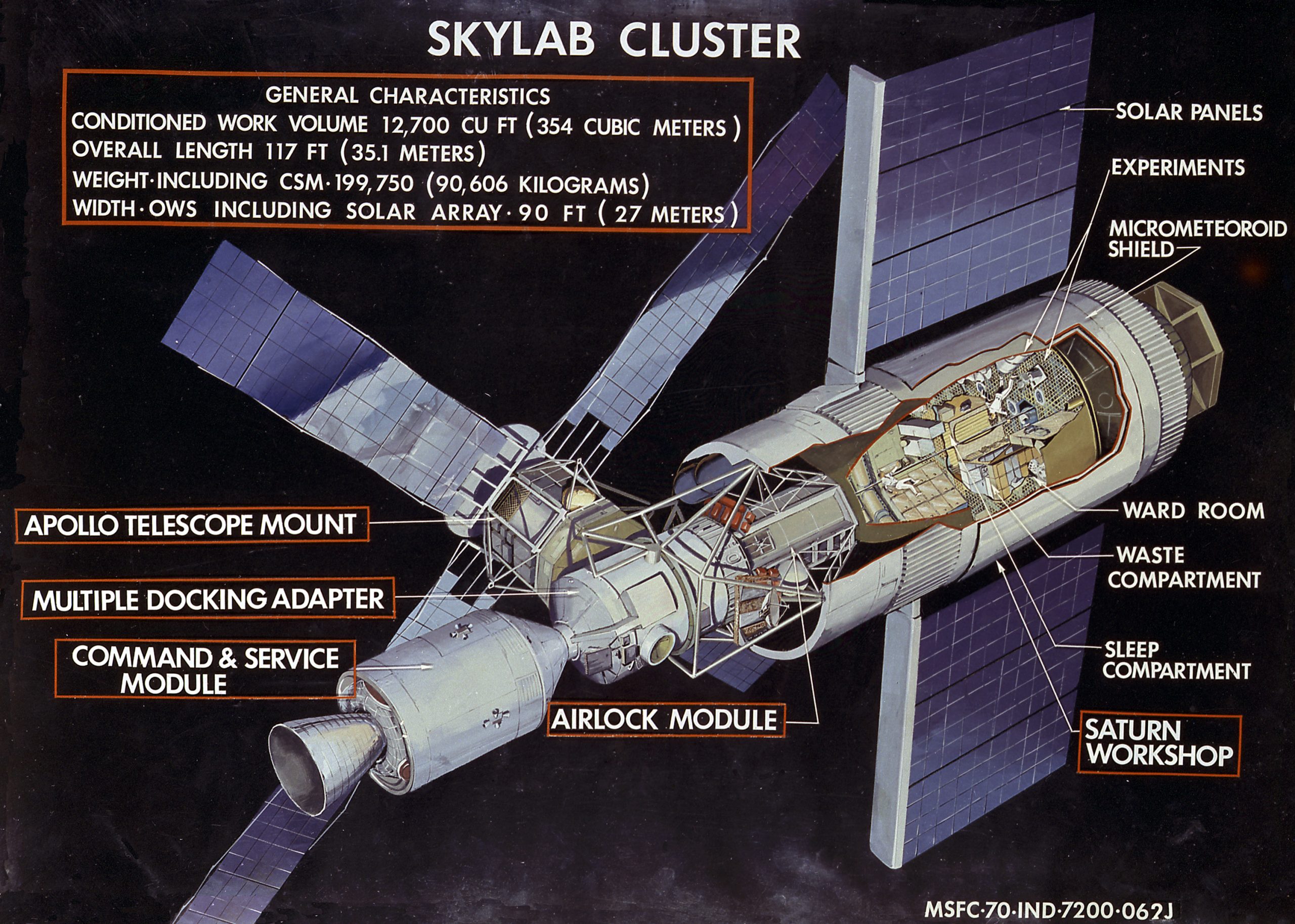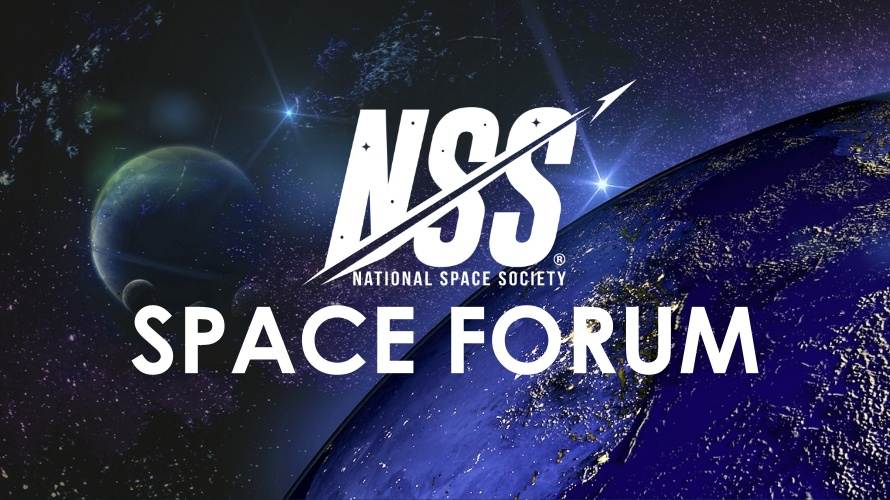Two new books shed light on the vulnerability of space launches to technology and human decision-making.
Challenger: A True Story of Heroism and Disaster on the Edge of Space by Adam Higginbotham follows his previous work, Midnight in Chernobyl, another tragedy from 1986 that showed how misused technologies could permanently alter humanity. Like Chernobyl, which saw a Soviet nuclear reactor stressed to its crisis point by a series of misguided tests, the Space Shuttle program was being pushed from risky to riskier missions from 1985 to early 1986. Both tragedies, in a way, represented the technological and social culture of the decade in which everything had to be bigger and bigger – the hair, the shoulder pads, the spacecraft, the Space Shuttle, and the nuclear reactors. However, no one thought both stories would have similarities in how the Soviet Union and NASA’s management of the time conducted post-disaster cleanup.
If you’re not new to the story of the Challenger tragedy and how it was perpetuated by the culture of a space agency awash with hubris and obsessed with unrealistic timelines, this new Challenger book will not provide you with many new revelations. But the book is a riveting primer for those previously unfamiliar with the machinations behind the decision to launch Challenger on a brutally, unseasonably cold Florida morning and how NASA – which had been previously known as a historically “open” government agency – did its best to distance itself from the tragedy it caused and seemed embarrassed to admit it was even at fault. NASA’s “closed-mouth,” less-than-forthcoming behavior of the time recalled how the Soviet Union was reluctant to acknowledge the radioactive particulates contaminating parts of Scandinavian countries were due to its freshly exploded nuclear reactor. The Rogers Commission Report was a presidential commission and not one appointed by NASA, which should tell you something; the government even discerned that some outside counsel was required to investigate the tragedy objectively.
The culture of NASA was so distressingly “closed” post-accident that following the investigation, much of the Challenger debris was placed in a disused Cape Canaveral silo, where it was further destroyed by water and Florida snakes and wildlife. This is in alarming contrast to the aftermath of 2003’s STS-107 Columbia tragedy, where the remnants of the first orbital Space Shuttle were more tastefully laid to rest inside a private room at Kennedy Space Center’s Vehicle Assembly Building, where families and researchers could visit to pay tribute, reflect, or learn from the debris. Tellingly, few photos can be located on NASA’s public photo server when typing in the search term “STS-51L.”
Higginbotham’s Challenger book does make linkages to the future Columbia disaster, which was also predicated by NASA’s inability to accept its technology wasn’t as robust as previously thought and an agency whose culture had slipped back into magical thinking. After all, former Shuttle astronaut Mike Mullane once remarked after his STS-27 Atlantis mission – one that suffered a similar foam strike that doomed Columbia – that NASA brass believed the return of his spacecraft showed how “robust the Thermal Protection System was,” not how ultimately fragile and vulnerable the orbiter was. The disparity in viewpoints between Mullane – a human being with a family who flew on the Shuttle – and NASA management should be alarming, but apparently, it wasn’t in 1988, only two years post-Challenger.
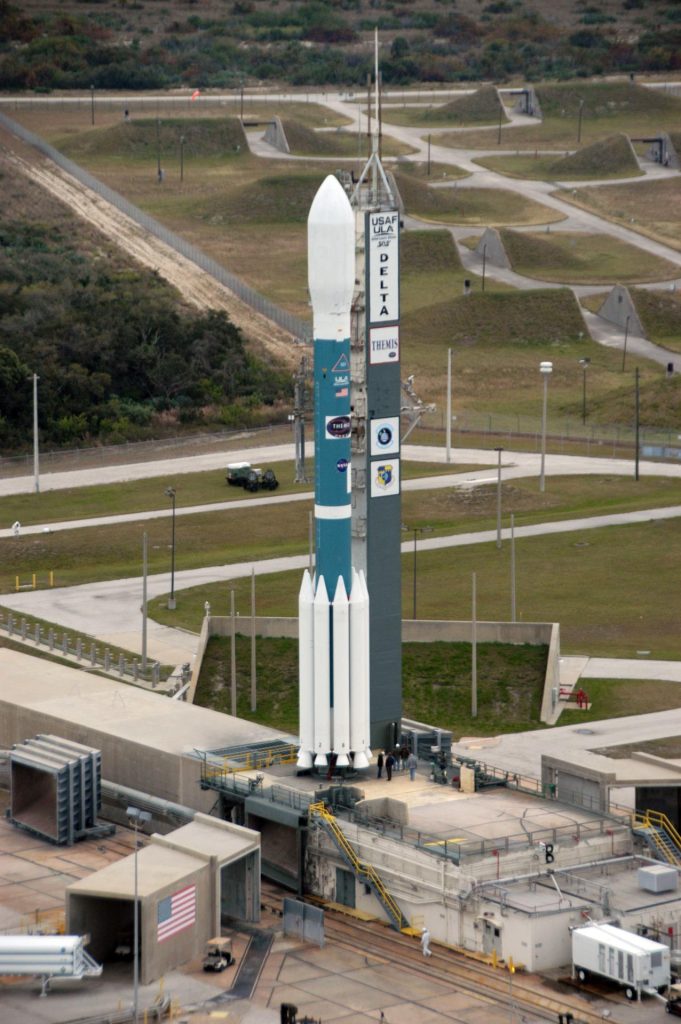
The infamous explosion of a Delta II rocket carrying the GPS IIR-1 satellite happened in 1997, eleven years after Challenger and during a markedly different decade in which “King of Pop” Michael Jackson was dethroned from the album charts by a little-known band from Seattle called Nirvana. This failure was caused by a crack in a solid rocket motor that reached critical mass 13 seconds into the flight. While thankfully this was an uncrewed launch, many neglected to think about the people trapped in a neighboring blockhouse post-accident – and how their lives could have been permanently altered by the large chunks of debris and solid rocket motor fuel crashing around their humble housing. One of these people was system administrator Dan Kovalchik. His most recent book, Days of Delta Thunder, starts detailing that fateful day and how he was trapped inside the blockhouse while numerous fires raged outside, filling his shelter with toxic fumes and smoke. Later, the reader discovers the blockhouse had been under safety waivers for six years; it was only during the post-accident investigation that this tidbit of news was widely discovered.
Kovalchik’s story has a cheerful ending, as he is still around, thankfully discussing it. But it does remind the reader that being a “space worker” – as glamorous as the job title sounds, with visions of wearing a hardhat around scores of beautiful rockets with Delta blue livery – is pretty dangerous stuff at times, and no launch is a guaranteed success until its payload is firmly in orbit. The book also pays tribute to Kovalchik’s career launching the Delta family of rockets, which was recently retired after 60+ years of heritage. It’s an illuminating and sometimes sobering look into the grandeur and terror of spaceflight and how sometimes all you have to show for post-launch is a melted automobile (this actually happened to Kovalchik, but if you’d like to know more, read the book).
While Challenger and the 1997 Delta II explosion were accidents that took place during different eras and within different corporate cultures, these new books remind us that no launch is ever “routine” or “safe,” words still bandied about today as we view high volumes of space launches on both sides of the country. In the words of Mullane from a 2021 blog post, “Has anybody reminded [Jeff] Bezos, [Richard] Branson and [Elon] Musk of that fact? That would certainly be an interesting conversation, ‘Hey, boss. Just thought you should know the rocket we built with all that money you gave us can still kill you.’ But it needs to be said…Space is hard.”
*****
Featured photo credit: “At Kennedy Space Center in Florida, the rotating service structure has pulled back to the prelaunch position, the shuttle Challenger sits at Launch Pad 39-A bathed in billion candlepower searchlights ready to embark on its fourth space mission, STS-41B, the 10th flight of the space shuttle. Photo Credit: NASA.” Out of respect for the Challenger families, I will not post photos of its final launch.
This article was previously published on Medium.com.
Emily Carney is a writer, space enthusiast, and creator of the This Space Available space blog, published since 2010. In January 2019, Emily’s This Space Available blog was incorporated into the National Space Society’s blog. The content of Emily’s blog can be accessed via the This Space Available blog category.
Note: The views expressed in This Space Available are those of the author and should not be considered as representing the positions or views of the National Space Society.

